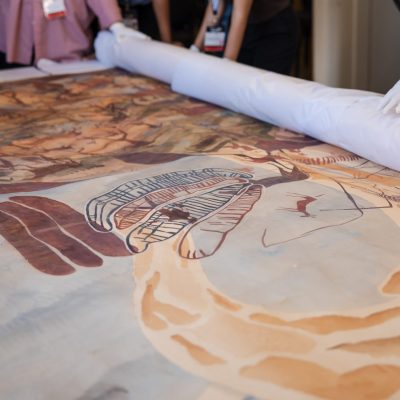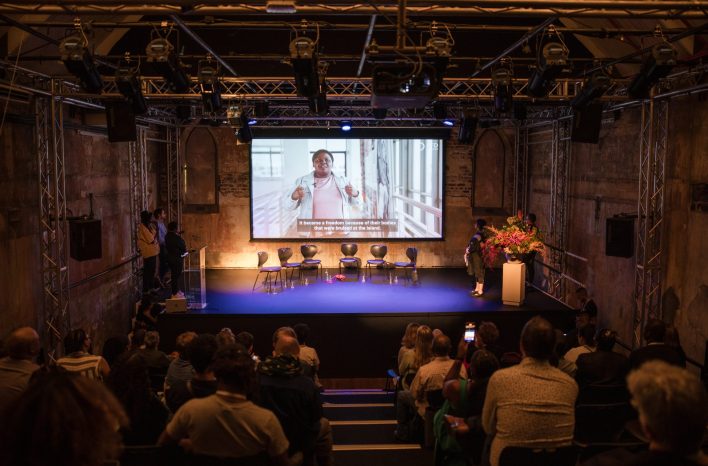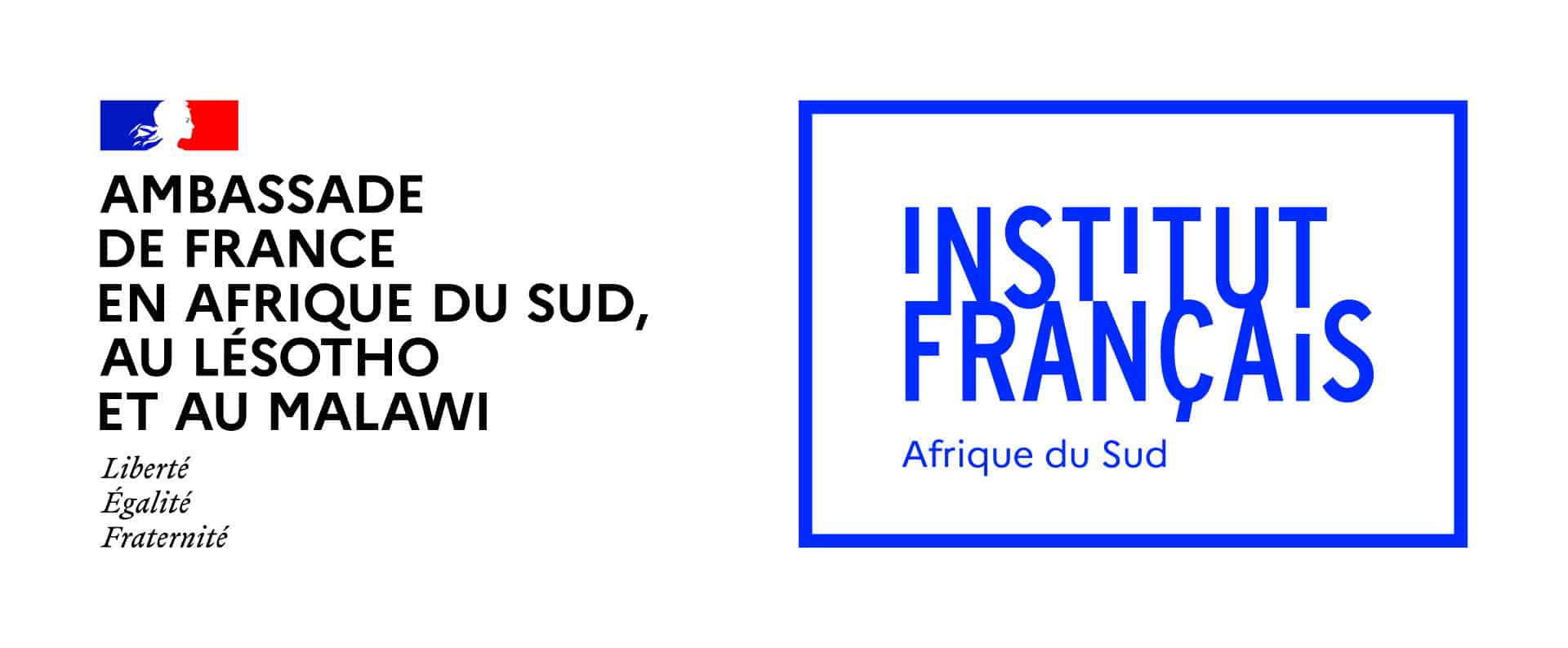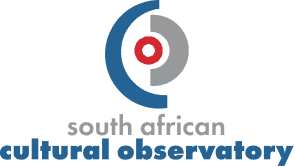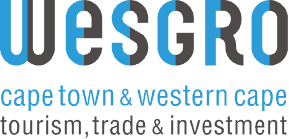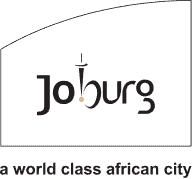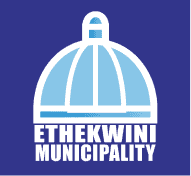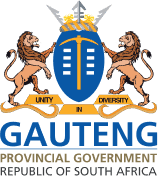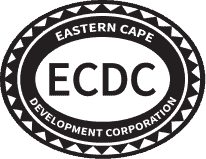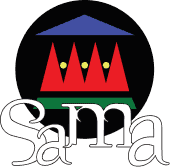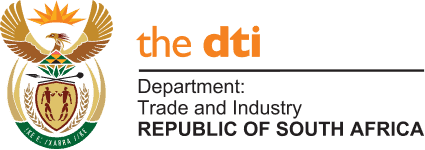By: Curtis Jeaven
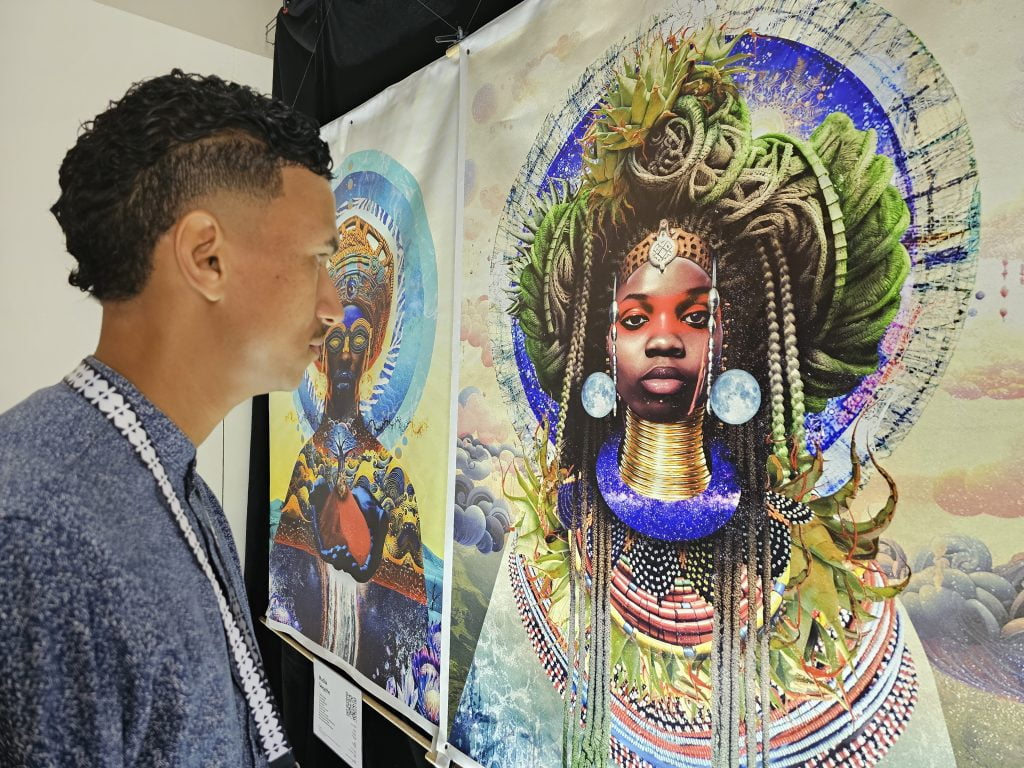
It was indeed a great honour and a privilege to be one of six mentees selected to partake in the prestigious Reimagining Heritage, Archives and Museums: Today/Tomorrow convening and professional meetings in Cape Town and Johannesburg, South Africa. At the outset, on day one of the convening, the Design Thinking Workshop was an intriguing practical icebreaker that set the tone for the sessions that followed. The collaborative nature of the session, with my fellow mentees, was particularly enriching. We thought of creating an application that would foster collaboration between corporate companies, the public sector, and communities, by sharing ideas on how to counter the challenges of inclusive collaborate efforts. We then envisioned how the application can serve as a platform for diverse ideas and heritage practices, all in one platform. Our different perspectives navigated transformative tangible solutions to intricate complex heritage challenges, such as the intersection between corporate companies, the public sector, and communities in the context of heritage values and preservation.

During the afternoon of day one, in his welcoming remarks, French Ambassador to South Africa, Lesotho and Malawi, David Martinon, talked about the intricate history of collections management and curatorial practices in museums and exhibitions between France and South Africa. Mr Martinon highlighted the transformative efforts from France that followed the announcement from French President Emmanuel Macron in 2018 to return looted objects to Africa. Martinon’s remarks were interesting as they coincided with other sessions that were grounded in how Western powers shaped African museum collections. For instance, the roundtable discussion on repatriation and restitution from conversion to action. One striking point from this discussion was the contrasting views of ways to enhance efforts for the successful repatriation and restitution of African artefacts with the idea of changing the narrative of exhibition displays within museums, while bridging the gap between museums and communities. Furthermore, I particularly enjoyed witnessing the performance lecture by Dr Diana Ferrus. I have long admired the work of Diana Ferrus, particularly that of Sara Baartman, Therefore, it was a surreal moment to have witnessed her perform the esteemed poem ‘I’ve Come to Take You Home’. I was inspired as her performance perpetuated emotion to one of the most successful repatriation and restitution events in the history of South Africa. This has emphasised the importance of addressing the burning issues of the troubled pasts of heritage and museums to bring about healing to societies.
The convening served as a platform for networking with experts in the fields of heritage, archives, and museums. These networks led to critical discussions relating to the convening and innovative ways of reimagining the heritage sector through community engagement projects and research, in the context of reimagining heritage exhibitions and collection displays within heritage institutions.

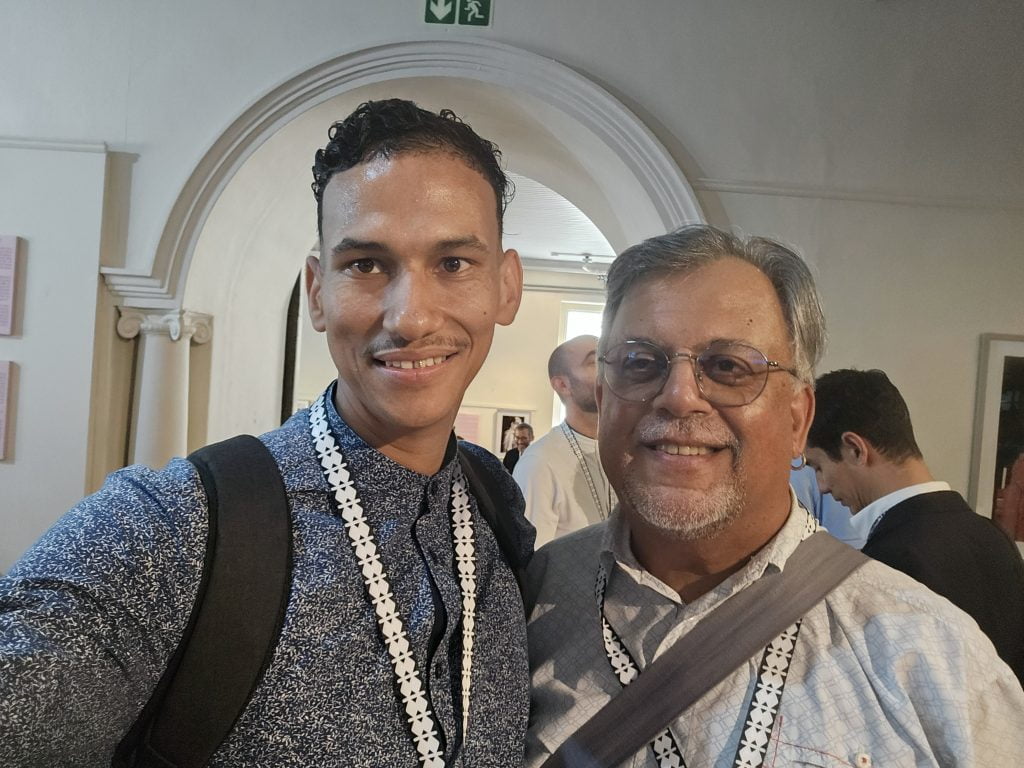
The professional meetings in Johannesburg and Pretoria were insightful and fun. On day two of the professional meetings, when we visited the University of the Witwatersrand, I was excited to see the Australopithecus Africanus ‘Taung Skull’, as I had learned about the contestation of the location of the ‘Taung Skull’ when I visited the site in 2017.

Day two of the professional meetings also included an excursion to the Sterkfontein Caves. As an aspiring archaeologist, with some theoretical grounding in the discipline, this was an exciting experience as it was my first time learning about the Sterkfontein Caves, while, at the same time, being physically in and around the cave. This experience enhanced my knowledge of fossil discoveries, such as the famous ‘Little Foot and ‘Mrs Ples’.


Day three of the professional meetings in Johannesburg, at the French Institute of South Africa, included discussions on Academia and Communities. One of the most insightful discussions was the Cosmo-Art project. Melanie Duval and Lorenco Pinto elaborated on how methods, such as the cosmopolitan approach, provide a new phenomenon to reimagine and revitalize the heritage sector through research. The session heightened my knowledge on how to bridge the gap between heritage and communities, for instance, through participatory-based research projects such as the ‘Places in Me’ photovoice heritage exhibition, which was held in Platfontein, Northern Cape. The exhibition serves as a tangible example of an innovative method of redefining heritage and museums. It was grounded in an international collaboration between Cosmo Art, a French research organisation, and Southern African San Development Organisation and SAN Community Development, two Non-governmental organisations in Platfontein, Northern Cape. The exhibition challenged conventional research by representing the San community of Platfontein through photovoice. Photovoice is a participatory-based research methodology. Through photovoice, participants were active in defining how they were represented in the ‘Places in Me’ exhibition in contrast to the past, for instance, the 1911 First Exhibition, the Bushman Diorama of 1959 and the Miscast exhibition of 1996 at the Iziko South African museums.

In conclusion, the Reimagining Heritage, Archives and Museums convening and professional meetings in South Africa provided a remarkable platform for intellectual exploration and collaboration. As a mentee, I was privileged to engage in thought-provoking discussions and practical workshops that delved into the complexities of heritage preservation, decolonization, and community engagement. The Design Thinking Workshop exemplified the power of collective brainstorming in devising innovative solutions to heritage challenges, while sessions on repatriation and restitution highlighted the importance of addressing historical injustices embedded in museum collections. Witnessing Dr. Diana Ferrus’ performance and participating in discussions on academia and community partnerships further emphasized the transformative potential of heritage projects in fostering social cohesion and healing. Through networking with experts and immersive experiences like visiting the Sterkfontein Caves, I gained invaluable insights into the intersection of archaeology, community engagement, and research methodologies. The convening not only broadened my understanding of heritage practices but also inspired me to contribute meaningfully to reshaping the narrative of heritage institutions towards inclusivity and social justice.
This story was made possible by the Reimagining Heritage, Archives and Museums: Today/Tomorrow mentorship programme that ran in February 2024, alongside the convening in Cape Town and professional meetings in Johannesburg. Initiated by the French Institute in South Africa and the French Embassy.



